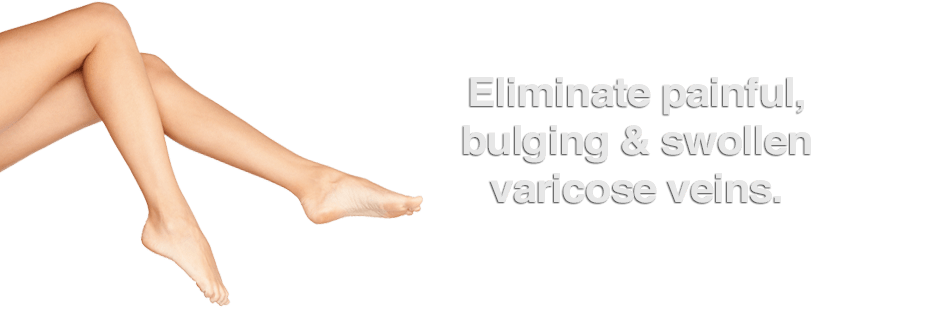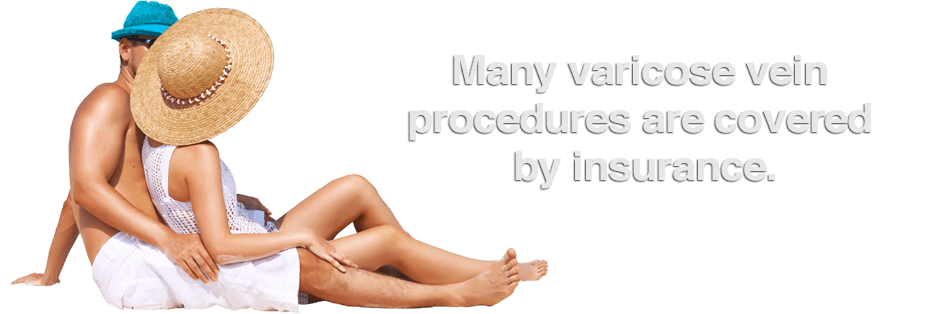
Vein disease is a common condition that could affect as many as half of all adults by the time they turn 60. The key to effective treatment is to address the condition as early as possible. The Vein Center of Florida & South Baldwin have listed the major stages of vein disease to help you understand if your condition requires the evaluation of a vein specialist.
Spider Veins
In the earliest stage of vein disease, you might notice networks of red or blue lines on the leg that resemble a spider’s web. Known as spider veins or telangiectasia, these patterns can be an indication your lower leg veins are being over-taxed. This means small valves inside the vessels may be wearing out, allowing blood to pool inside the vein so that it enlarges and becomes visible on the skin’s surface. In most cases these are simply a cosmetic nuisance, however, in some cases, spider veins can signify an underlying more significant venous problem. If this is left unattended, this may progress to visible varicose veins.
Varicose Veins
Varicose veins are larger visible vessels that can be red, blue or flesh-colored and often protrude above the surface of the skin. These swollen vessels are nearly always found on the lower leg, often behind the knee. Varicose veins are a sign that your vein disease is progressing, particularly when they are accompanied by heaviness and pain.
Edema
Many times, progression of vein disease can be characterized by swelling of the lower leg, ankle, and foot. Also known as edema, this symptom can cause tightness in the skin. The symptom may improve when the legs are elevated, but will typically return when the elevation stops. The swelling may be worse at the end of the day, when the legs are fatigued.
Skin Discoloration
If the vein disease is not addressed at this point, it may continue to progress with signs that may become permanent even if the veins are treated later on. One of those signs is discoloration of the skin around where the varicose veins have appeared. The skin may turn red or brown and may take on a leathery look and feel. Skin may also become thinner at this stage, which can make the leg more vulnerable to injury.
Skin Ulceration
At this final stage of vein disease, skin ulcerations begin to form. These large, gaping sores can be the result of a small nick or scratch that quickly progresses to a more serious wound due to the poor circulation and increased pressure caused by the damaged veins. These ulcerations can be difficult to treat, often taking many months to heal completely. They also have a very high recurrence rate, particularly if the underlying cause of the vein disease is not detected and properly treated.
Because of the potential of permanent damage to the leg, it is best to treat vein disease before it progresses too far. Physicians like Dr. Jimenez that specialize in the diagnosis and treatment of vein diseases can provide you with an early diagnosis and the best prognosis for eliminating the varicose veins and other symptoms permanently.
If you have noticed some of the early signs of vein disease, it is best to seek care sooner rather than later. Contact the Vein Center of Florida & South Baldwin at 800-310-8346 to find out how we can help you treat your vein disease and eliminate unsightly varicose veins.




